Can Smart Watches Monitor Blood Pressure?
In recent years, the advent of smartwatches has revolutionized the way we monitor our health. These compact, wearable devices have evolved from simple timekeeping gadgets to sophisticated health monitoring tools. One of the most intriguing features that has garnered significant attention is the ability of smartwatches to monitor blood pressure. This article delves into the practicality, accuracy, and benefits of using smartwatches for blood pressure monitoring, addressing common concerns and providing insights into their effectiveness.
The Evolution of Smartwatches
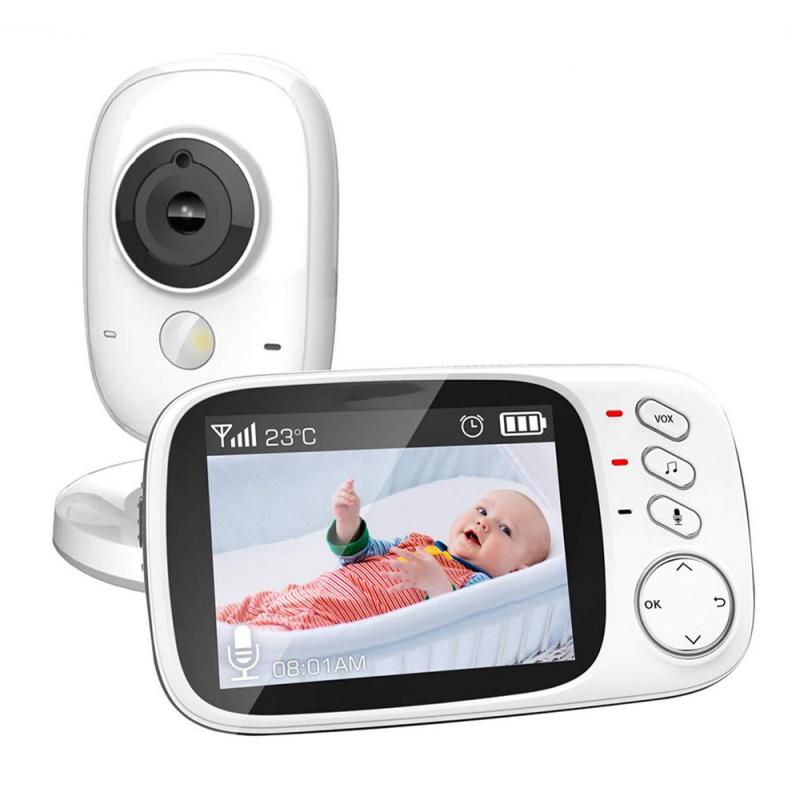
Smartwatches have come a long way since their inception. Initially, they were designed to complement smartphones by providing notifications and basic fitness tracking. However, advancements in technology have enabled these devices to incorporate a wide range of health monitoring features, including heart rate monitoring, sleep tracking, and even electrocardiograms (ECGs). The integration of blood pressure monitoring is a natural progression in this evolution, aimed at providing users with a comprehensive health monitoring solution.
How Do Smartwatches Monitor Blood Pressure?
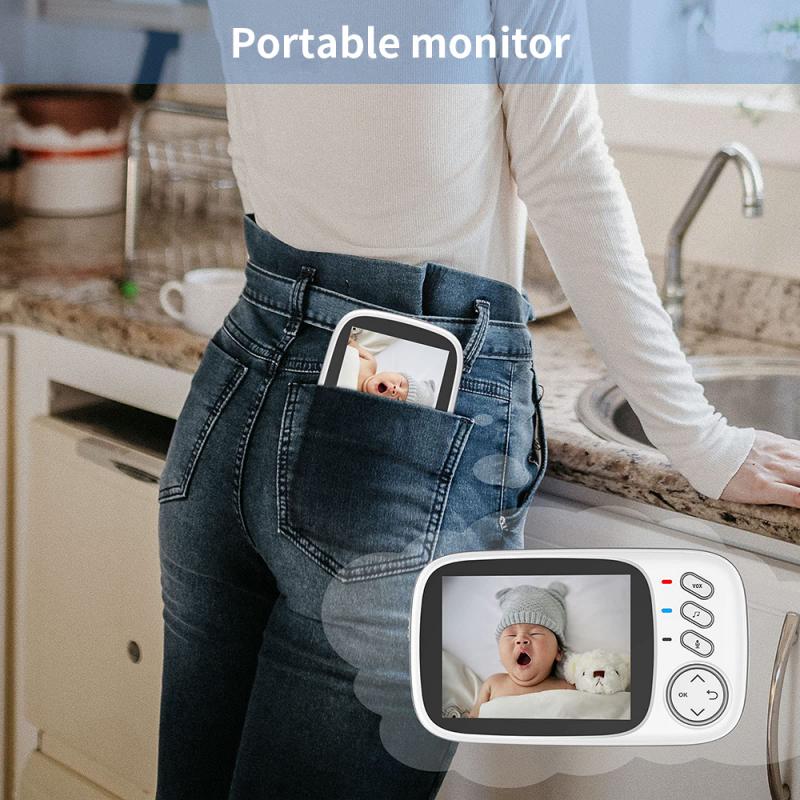
Traditional blood pressure measurement involves the use of a cuff that inflates around the upper arm to measure the pressure exerted by blood against the walls of the arteries. This method, known as the oscillometric method, is widely regarded as the gold standard for blood pressure measurement. However, it is not practical for continuous monitoring due to its cumbersome nature.
Smartwatches, on the other hand, use a different approach. They typically employ optical sensors, known as photoplethysmography (PPG) sensors, to measure blood flow. These sensors emit light into the skin and detect changes in light absorption caused by blood flow. By analyzing these changes, smartwatches can estimate blood pressure. Some advanced models also use additional sensors and algorithms to improve accuracy.
Accuracy of Blood Pressure Monitoring in Smartwatches
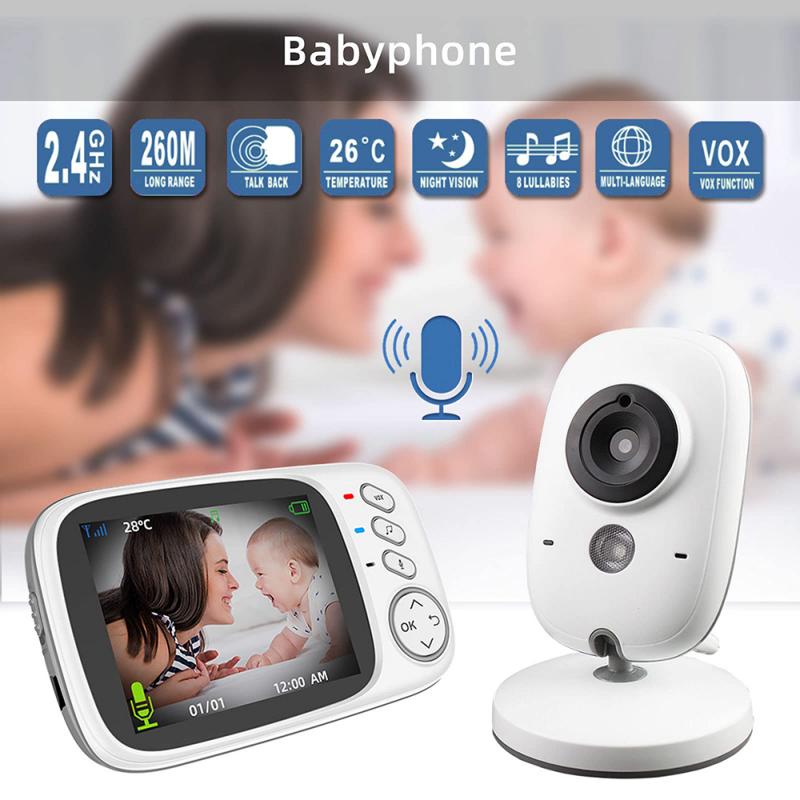
One of the primary concerns regarding the use of smartwatches for blood pressure monitoring is accuracy. While traditional cuff-based methods are highly accurate, the accuracy of smartwatch-based measurements can vary. Several factors can influence the accuracy of these measurements, including the quality of the sensors, the algorithms used, and the user's physiology.
Studies have shown that some smartwatches can provide reasonably accurate blood pressure readings, especially when used in conjunction with calibration. Calibration involves comparing the smartwatch readings with those obtained from a traditional blood pressure monitor and adjusting the smartwatch accordingly. This process can help improve the accuracy of the readings.
However, it is important to note that smartwatch-based blood pressure monitoring is not intended to replace traditional methods. Instead, it serves as a convenient tool for regular monitoring and can help users identify trends and potential issues that may require further investigation.
Benefits of Blood Pressure Monitoring with Smartwatches
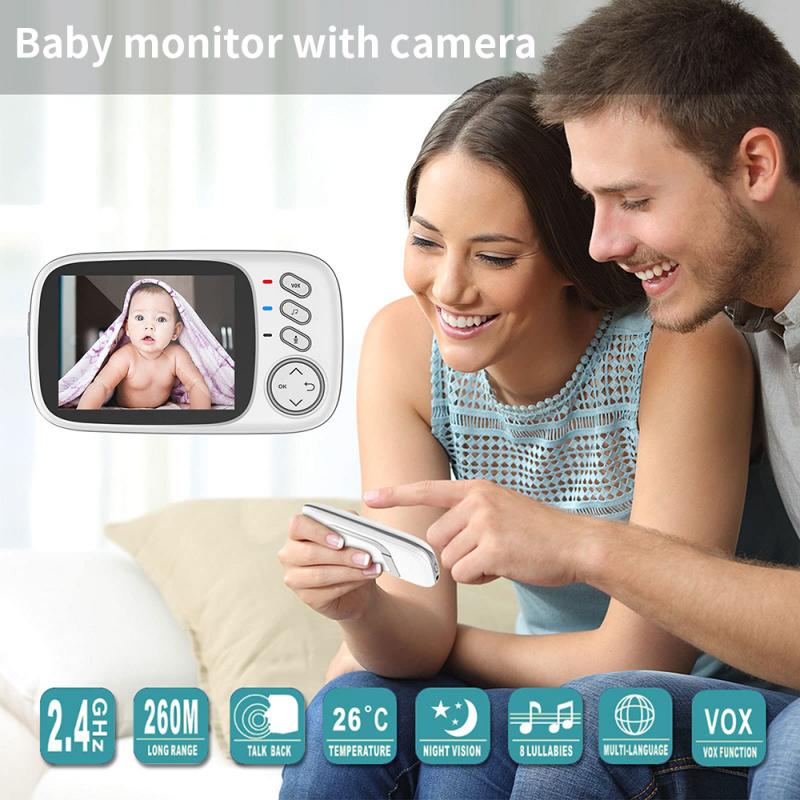
1. Convenience: One of the most significant advantages of using a smartwatch for blood pressure monitoring is convenience. Users can monitor their blood pressure anytime, anywhere, without the need for bulky equipment. This ease of use encourages regular monitoring, which is crucial for managing conditions like hypertension.
2. Continuous Monitoring: Unlike traditional methods that provide a snapshot of blood pressure at a specific moment, smartwatches can offer continuous monitoring. This feature allows users to track their blood pressure throughout the day and night, providing valuable insights into how their blood pressure fluctuates over time.
3. Early Detection: Regular monitoring with a smartwatch can help detect early signs of hypertension or other cardiovascular issues. By identifying trends and anomalies, users can seek medical advice before the condition worsens, potentially preventing serious health complications.
4. Integration with Other Health Metrics: Smartwatches often come with a suite of health monitoring features, including heart rate monitoring, sleep tracking, and activity tracking. By integrating blood pressure data with these other metrics, users can gain a comprehensive understanding of their overall health and make informed lifestyle choices.
Limitations and Considerations
While the benefits of using smartwatches for blood pressure monitoring are compelling, there are some limitations and considerations to keep in mind:
1. Accuracy Variability: As mentioned earlier, the accuracy of smartwatch-based blood pressure measurements can vary. Users should be aware of this and use the readings as a general guide rather than a definitive measurement.
2. Calibration Requirement: To improve accuracy, some smartwatches require regular calibration with a traditional blood pressure monitor. This process can be cumbersome and may not be suitable for everyone.
3. Not a Replacement for Medical Devices: Smartwatches are not intended to replace medical-grade blood pressure monitors. Individuals with serious health conditions should rely on traditional methods for accurate diagnosis and treatment.
4. User Factors: Factors such as skin tone, wrist size, and movement can affect the accuracy of smartwatch readings. Users should follow the manufacturer's guidelines for optimal results.
Practical Tips for Using Smartwatches for Blood Pressure Monitoring
For those interested in using a smartwatch to monitor blood pressure, here are some practical tips to ensure the best results:
1. Choose a Reputable Brand: Opt for smartwatches from reputable brands that have a track record of producing reliable health monitoring devices. Research user reviews and expert opinions to make an informed decision.
2. Follow Calibration Instructions: If your smartwatch requires calibration, follow the manufacturer's instructions carefully. Regular calibration can help improve the accuracy of the readings.
3. Monitor Regularly: Consistency is key when it comes to blood pressure monitoring. Try to take readings at the same time each day and under similar conditions to track trends accurately.
4. Consult a Healthcare Professional: If you notice any unusual trends or significant changes in your blood pressure readings, consult a healthcare professional for further evaluation. Smartwatch readings should not be used as a sole basis for medical decisions.
5. Stay Informed: Keep up with the latest advancements in smartwatch technology and health monitoring. As technology continues to evolve, new features and improvements may enhance the accuracy and functionality of these devices.
Smartwatches have undoubtedly transformed the landscape of personal health monitoring, offering a convenient and accessible way to track various health metrics, including blood pressure. While they may not yet match the accuracy of traditional blood pressure monitors, they provide valuable insights and encourage regular monitoring, which is essential for maintaining good health. By understanding the benefits and limitations of smartwatch-based blood pressure monitoring, users can make informed decisions and take proactive steps towards better health management. As technology continues to advance, we can expect further improvements in the accuracy and functionality of these remarkable devices, making them an even more integral part of our daily lives.

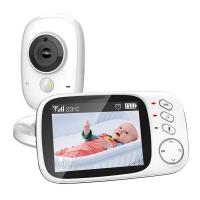


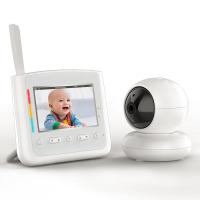

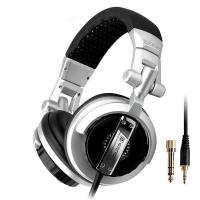
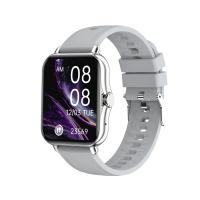
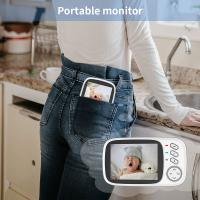
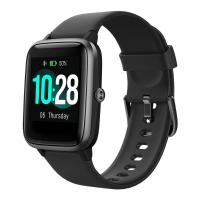


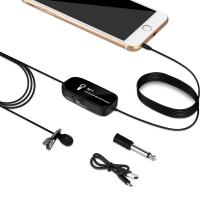

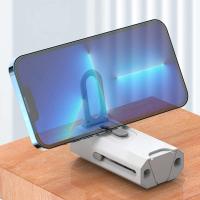
There are no comments for this blog.